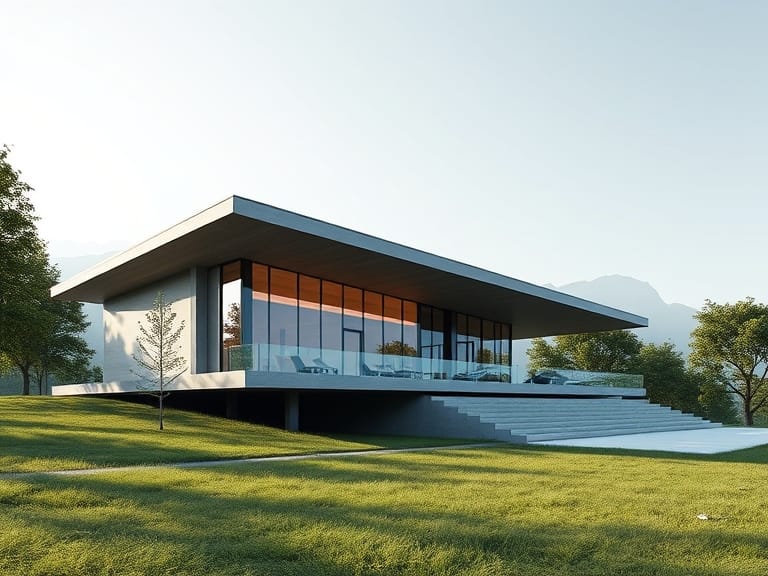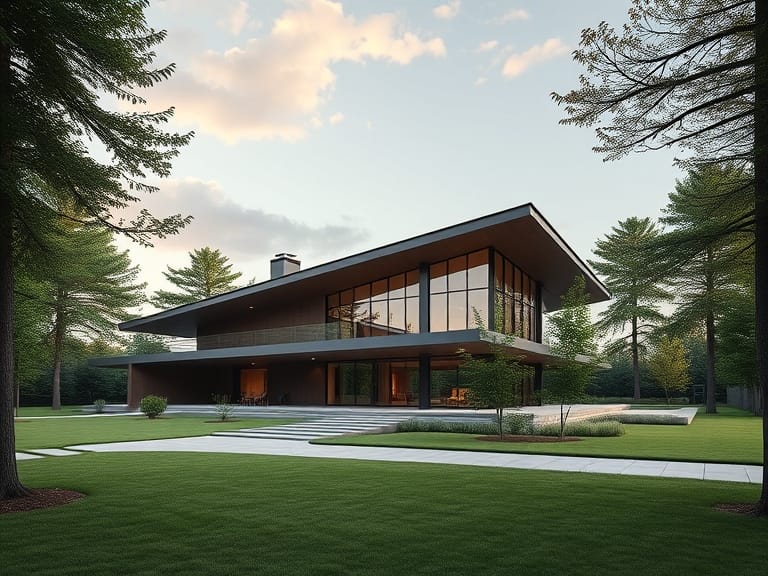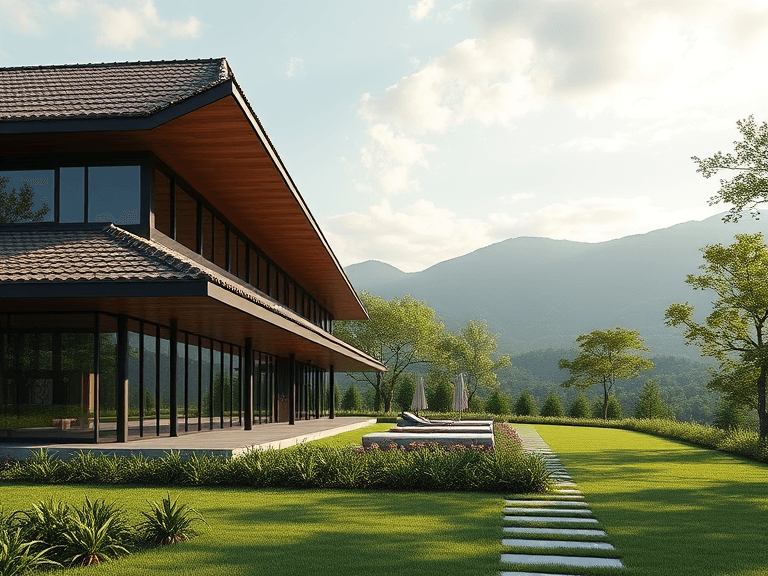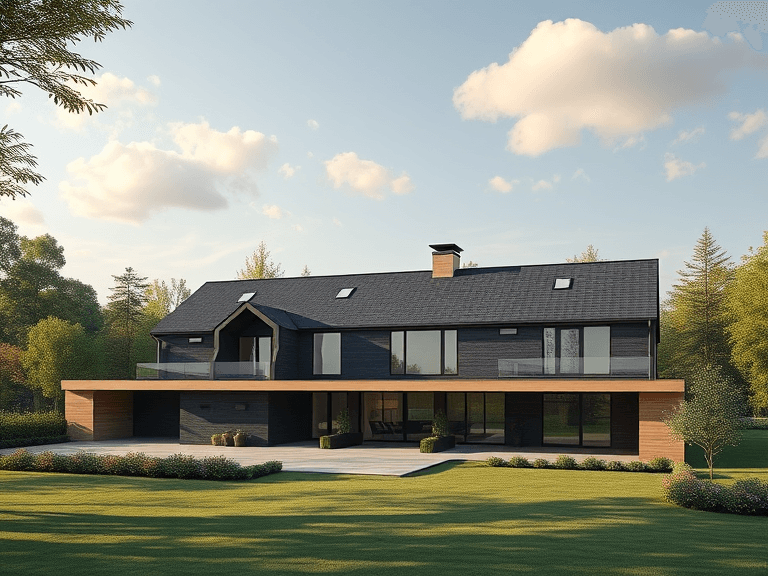
Metal roofing has gained considerable popularity in recent years due to its durability, longevity, and aesthetic appeal. Homeowners are increasingly turning to this roofing option as they seek alternatives to traditional materials such as asphalt shingles or tiles. Understanding the costs of metal roofing is integral to evaluating its overall value, particularly when considering both the initial investment and long-term savings.
One of the primary benefits of metal roofing is its lifespan. A well-maintained metal roof can last between 40 to 70 years, far exceeding the typical lifespan of other roofing materials. Additionally, metal roofs are known for their resistance to extreme weather conditions, including high winds, heavy snow, and hail. This resilience contributes to lower maintenance costs over time, making it a cost-effective solution for many homeowners.
There are a variety of types of metal roofing materials available today, each with its own unique characteristics and price points. Common materials include steel, aluminum, copper, and zinc, each offering distinct advantages. For instance, steel is highly durable and cost-effective, whereas copper provides a classic look and remarkable longevity. The choice of material not only impacts the aesthetic appeal of a home but also plays a significant role in overall costs.
The versatility of metal roofing is another reason for its rising popularity. It can be customized to fit various architectural styles and is available in numerous colors and finishes. This flexibility ensures that homeowners can achieve the desired look while benefiting from the functional advantages of metal roofing. In the upcoming sections, we will delve deeper into the specific costs associated with different types of metal roofing and what factors may influence these expenses.
Types of Metal Roofing Materials
When exploring the topic of understanding the costs of metal roofing, it is essential to recognize the various materials available in the market. Each type of metal roofing material presents distinct characteristics, advantages, and associated costs that can significantly influence the installation and maintenance expenses.
Steel roofing is one of the most popular choices due to its durability and affordability. There are two main types of steel roofing: galvanized and galvalume. Galvanized steel is coated with zinc, providing excellent rust resistance, while galvalume features a blend of aluminum and zinc for superior durability. Both options are cost-effective, but their prices may vary based on thickness and coating.
Aluminum roofing is another common material, appreciated for its lightweight nature and resistance to corrosion, particularly in coastal environments. While aluminum tends to be more expensive than steel, its longevity and low maintenance requirements can make it a worthwhile investment. Homeowners may find that understanding the costs of metal roofing involves weighing the initial investment against long-term savings.
Copper roofing is often hailed for its aesthetic appeal and longevity. Known for developing a natural patina over time, copper can add a distinctive look to a home. However, it is one of the pricier options on the market. Factors contributing to its higher costs include the material itself and complex installation requirements that may necessitate specialized labor.
Finally, zinc roofing is gaining popularity due to its environmental sustainability and self-healing properties. While initially more costly than steel and aluminum, its longevity and minimal maintenance expenses can lead to savings over time. By understanding the different types of metal roofing materials and their specific attributes, homeowners can make informed choices about their roofing solutions and how they fit into their budget considerations.
Factors Influencing the Cost of Metal Roofing
When considering the costs of metal roofing, several critical factors come into play that can significantly influence the overall price. Understanding these factors is essential for homeowners and builders looking for a reliable roofing solution. The choice of material is among the primary determinants. Metal roofing materials vary widely, with options including steel, aluminum, copper, and zinc. Each of these materials has its own cost structure based on durability, weight, and aesthetic value, leading to different pricing levels. For instance, aluminum is generally more affordable but less durable compared to steel, which, while more expensive upfront, offers longevity and performance.
Another key factor is the complexity of the roof design. Roofs with intricate shapes, multiple slopes, or unique architectural features may require additional labor and materials to ensure proper installation. Consequently, a simple, gable-style roof will typically incur lower costs compared to a more elaborate, multi-pitched roof. The size of the roof also plays a crucial role; larger areas will naturally demand more materials and labor, thereby increasing the total costs of metal roofing.
The geographic location is also vital, as market prices for roofing materials and labor can differ significantly from one region to another. Areas with higher living costs may see elevated labor rates, impacting the overall pricing. Furthermore, local climate conditions can dictate the choice of material, with certain metals being more suitable for regions prone to specific weather patterns. Finally, current market trends, such as supply chain issues or demand spikes, can influence prices. Understanding the costs of metal roofing requires a comprehensive evaluation of these key factors, ensuring informed decisions that align with both budgets and expectations.
Comparing Metal Roofing Costs to Other Roofing Options
When considering roofing materials, homeowners are often confronted with various options, each offering different costs and benefits. Among these, metal roofing has gained popularity as a durable and efficient alternative. To better understand the costs of metal roofing, it is essential to compare it with traditional roofing materials, such as asphalt shingles, tile, and wood shakes.
Initially, metal roofing typically presents a higher price point than asphalt shingles, which are one of the most common and economical choices. On average, asphalt shingles can cost between $90 to $100 per square, while metal roofing can range from $300 to $600 per square, depending on the type and installation method. However, when evaluating the overall expenses related to longevity and maintenance, metal roofing often proves more economical. With a lifespan of 40 to 70 years, metal roofs significantly outlast asphalt shingles, which generally need replacement every 15 to 30 years.
Tile roofs also represent a more expensive initial investment, often exceeding $900 per square. They can last up to 50 years but come with higher maintenance costs, especially in climates prone to extreme weather. Wood shakes, while aesthetically appealing, necessitate considerable upkeep and have a shorter lifespan of about 30 years. Their installation can range between $300 to $600 per square, similar to that of metal roofing, but the long-term costs of maintenance and replacement for wood shakes undermine their initial affordability.
Moreover, metal roofing is energy-efficient, often reflecting solar heat and reducing cooling costs during warm months. This energy-saving characteristic further enhances the financial appeal when evaluating understanding the costs of metal roofing alongside traditional materials. Overall, while initial costs can seem daunting, the durability, maintenance savings, and energy efficiency make metal roofing a worthwhile investment. Factors such as climate conditions and personal aesthetic preferences should also be considered when making a final decision.

Installation Costs: What to Expect
When considering understanding the costs of metal roofing, installation expenses represent a considerable portion of the overall investment. The importance of hiring certified installers cannot be overstated, as they ensure that the roof is installed properly, minimizing potential issues that could arise from incorrect installation. Hiring professionals with experience in metal roofing not only enhances the quality of work but can also impact long-term performance and warranty adherence.
In addition to the labor costs associated with installation, homeowners should also factor in potential additional costs related to materials. These may include underlayment, flashings, and ventilation systems. Underlayment is essential for moisture protection and can range from basic materials to more advanced options depending on the roofing system used. Flashings are crucial components that protect joints and edges of the roof where water could potentially seep in, while proper ventilation is necessary to avoid heat buildup and prolong the lifespan of the roofing material.
To ensure accurate quotes for the metal roofing installation, it is advisable for homeowners to obtain multiple estimates from licensed contractors. Each bid should detail the specific services offered, the materials to be used, and any additional costs that may arise during installation. This transparency allows homeowners to effectively compare their options and select a contractor that provides a balance of quality and affordability. Additionally, it is beneficial to ask for references and reviews to gauge the reputation and reliability of the installer, which can significantly affect the overall costs of metal roofing and the experience one can anticipate.
Long-term Cost Considerations
When evaluating the costs of metal roofing, it is essential to consider the long-term financial implications that extend beyond the initial investment. Metal roofing is renowned for its durability, often lasting 40 to 70 years, which significantly reduces the need for frequent replacements. Unlike traditional roofing materials like asphalt shingles, which may require replacement every 15 to 20 years, metal roofs provide a more permanent solution.
In addition to durability, the maintenance requirements for metal roofing are minimal compared to other roofing types. Routine inspections and occasional cleaning are typically sufficient to maintain its integrity. This reduced upkeep not only saves homeowners time but also translates into lower maintenance costs over the lifespan of the roof. It is worth noting that while some forms of roofing may necessitate significant repairs or replacements, metal roofs are less likely to incur these additional expenses.
Energy efficiency is another significant factor contributing to understanding the costs of metal roofing. Many metal roofs are designed with reflective coatings that can decrease energy consumption by keeping homes cooler in the summer. This energy efficiency can lead to lower utility bills, further offsetting the initial investment in the roofing material. Over time, the cumulative savings on energy bills can amount to a considerable sum, contributing positively to the overall cost-effectiveness of the installation.
Finally, the aesthetic appeal and longevity of metal roofing can enhance a property’s resale value. Prospective buyers often find the benefits of a durable, low-maintenance roof appealing, potentially allowing homeowners to recoup a larger portion of their investment when selling their home. Understanding the costs of metal roofing should encompass not just the upfront price but also these long-term advantages that can result in substantial savings and increased property value.
Financing Options for Metal Roofing
When considering the installation of a metal roofing system, understanding the costs of metal roofing is crucial. However, equally important is identifying viable financing options that can facilitate this investment. Homeowners exploring metal roofing will find several avenues for financing, ranging from loans to available credit choices. By evaluating these financing options, homeowners can make informed decisions that align with their budget and financial goals.
One common financing route is securing a home improvement loan. Many financial institutions offer personal loans specifically designed for home renovations, including metal roofing. These loans typically provide a lump sum of cash that can be used for the project. It is essential for homeowners to compare interest rates, loan terms, and eligibility requirements among different lenders to find the best fit. Additionally, a home equity loan or line of credit can provide an alternative source of funds, allowing homeowners to borrow against the equity built in their homes.
Another financing option includes credit cards, which may offer promotional financing periods with low or zero interest rates. However, it is important to be cautious with this approach as high-interest rates can lead to increased debt if the balance is not paid off promptly. Another consideration for homeowners is government incentives or rebates that are sometimes available for energy-efficient home improvements like metal roofing. Programs offered by local or federal government bodies may provide tax credits or financial assistance for homeowners who choose environmentally friendly roofing options. These incentives can significantly reduce the overall cost of installation.
In conclusion, actively exploring various financing options is a critical step in managing the costs of metal roofing. By weighing different possibilities such as loans, credit options, and potential government incentives, homeowners can make strategic financial decisions that will facilitate their metal roofing installation while aligning with their budgetary constraints.
Common Misconceptions about Metal Roofing Costs
Metal roofing is often surrounded by misconceptions that can skew potential buyers’ perceptions of its overall costs. A prevalent myth is that metal roofing is prohibitively expensive compared to traditional materials such as asphalt shingles or wood. While the initial investment for metal roofing can be higher, it’s crucial to consider the long-term value it provides. Metal roofs typically boast a lifespan of 40 to 70 years, significantly outlasting conventional roofing options, which usually require replacement every 15 to 20 years. Therefore, understanding the costs of metal roofing should include an evaluation of durability and longevity, which lead to less frequent replacements and long-term savings.
Another common misunderstanding is that metal roofs are susceptible to denting or damage from hail and other elements. Although this notion may originate from older metal roofing styles, modern advancements have made metal materials more resilient. Many metal roofing products now come with warranties that cover significant weather damage, reinforcing their cost-effectiveness. Homeowners who prioritize durability will find that investing in a metal roof reduces the likelihood of expensive repairs or replacements down the line.
Moreover, some believe that all metal roofing requires specialized installation, which can escalate costs further. While it is true that professional installation is advisable for best results and optimal performance, numerous roofing contractors are well-versed in installing metal roofs, making these services more accessible than in the past. Additionally, many homeowners report a reduction in energy costs attributed to the reflective properties of metal roofing, which can contribute to overall savings. These factors indicate that understanding the costs of metal roofing encompasses more than the initial price tag, emphasizing the potential for long-term financial benefits.
Conclusion: Weighing the Costs and Benefits
In assessing the decision to invest in metal roofing, it is essential to understand the costs of metal roofing juxtaposed with its potential benefits. Metal roofing systems generally entail higher initial installation costs compared to traditional roofing materials such as asphalt shingles. However, several factors contribute to the long-term financial advantages that metal roofs offer. For instance, the durability of metal roofing significantly reduces the frequency and costs associated with repairs and replacements.
Moreover, metal roofs typically possess extended lifespans, often lasting 40 years or more, which contributes to their appeal as a cost-effective solution over time. In addition, they can enhance energy efficiency, leading to reduced energy bills over their lifespan. By reflecting sunlight, metal roofs maintain cooler indoor temperatures, thereby supporting air conditioning efforts during hotter months. The integration of these cost-saving elements reinforces the notion that while upfront expenses may be substantial, the overall investment can result in significant savings in the long run.
Additionally, metal roofing can increase a property’s resale value, as prospective buyers tend to appreciate the minimal maintenance and long lifespan that these roofs provide. This aspect underlines the importance of understanding the costs of metal roofing not merely as an immediate expense but as part of a broader strategy for home improvement and value retention over time.
Ultimately, the decision to opt for metal roofing requires a careful evaluation of personal needs, budget constraints, and long-term aspirations. By weighing these factors thoughtfully, homeowners can make informed decisions that balance initial investment against future benefits, thereby securing a roof that not only meets aesthetic and structural requirements but also delivers enduring financial value.


